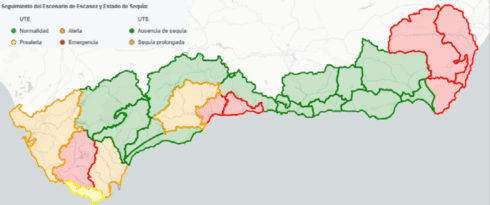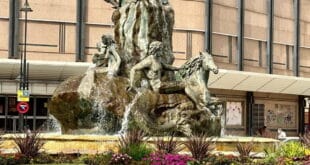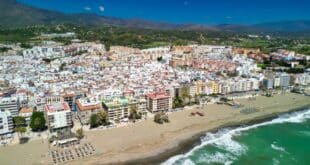EARLY rains this year has actually fallen short to alleviate the dry spell in much of southerly Spain regardless of better tank degrees.
While the north of Spain has actually gotten rid of dry spell, Malaga and Alicante’s water books are important, according to a record by the Public Cleanliness and Supply organization (AEOPAS).
” The southerly fifty percent of Spain is still in dry spell,” it advised, including that the Costa del Sol requires to stay under ’em ergency’ problems and water-saving actions require to be boosted.

In overall, 16 districts in the Andalucian inside, Almeria and the Marina Baja of Alicante are still struggling with serious dry spell problems.
” The Guadalquivir, Segura, Jucar, Guadalete-Barbate and Catalunya water areas still reveal distressing water degrees, with books well listed below the historical standard.
” These difficulties underscore the immediate requirement for even more durable water monitoring which connect to the impacts of environment adjustment,” the record stated.
Though fall rainfall has actually boosted the circumstance in Sevilla and Antequera, dry spell actions stay in position in the Campo de Gibraltar, Guadalhorce and Axarquia locations.
Tank degrees for Malaga still rest seriously reduced at 28%, somewhat far better than in 2014 when they rested at 16%, however means listed below a years earlier when they rested at 48%.
Throughout Andalucia, degrees presently rest at 34%, which is 15% up on in 2014, however 11% down on a years earlier.
One of the most important area is Almeria, where the tank degrees rest at 9.38%, which is precisely the like this moment in 2014.
On the other hand, in the Basque Nation, storage tanks are 100% complete and there has actually been a substantial renovation in Valencia.
” Our books are gradually improving however there are significant distinctions in between areas, revealing the requirement for various water monitoring plans,” ended the record.
Particularly, ‘immediate activity’ is required to stay clear of future dry spells such as a diversity of water products, re-use actions and the boosted measuring of city supply of water.
 Costa News Spain Breaking News | English News in Spain.
Costa News Spain Breaking News | English News in Spain.





